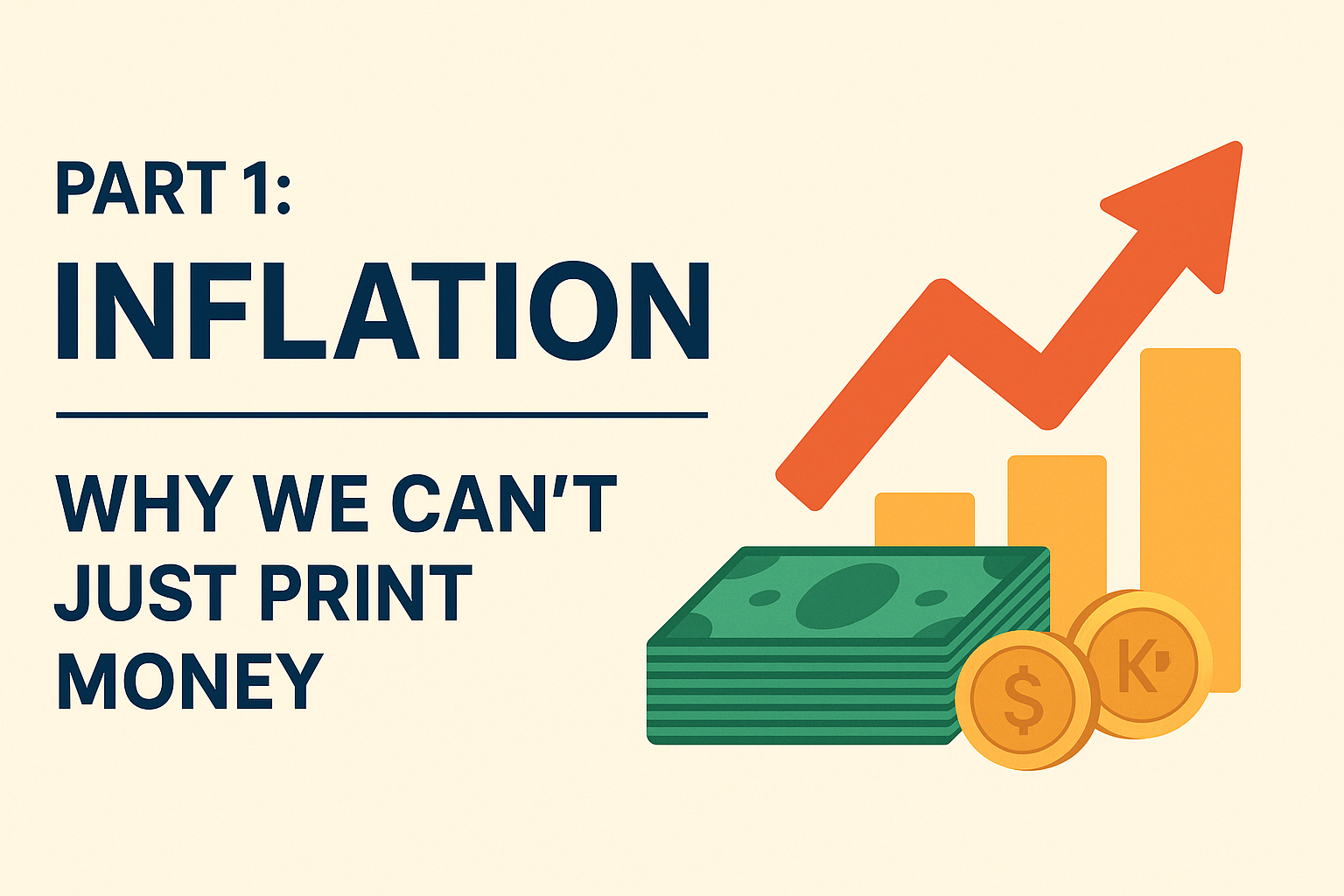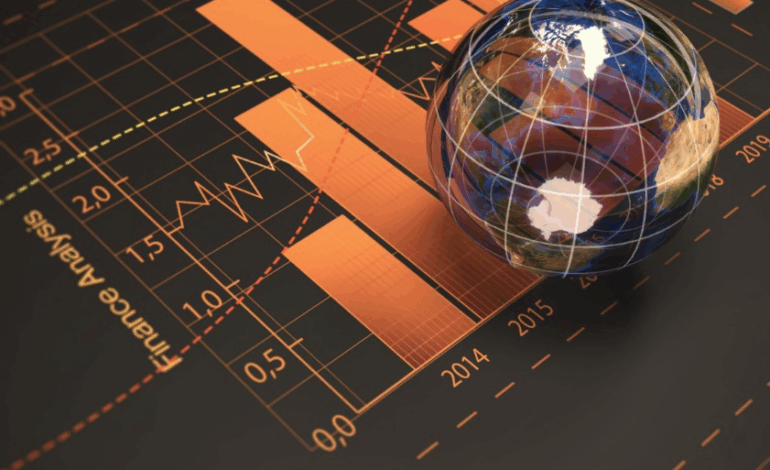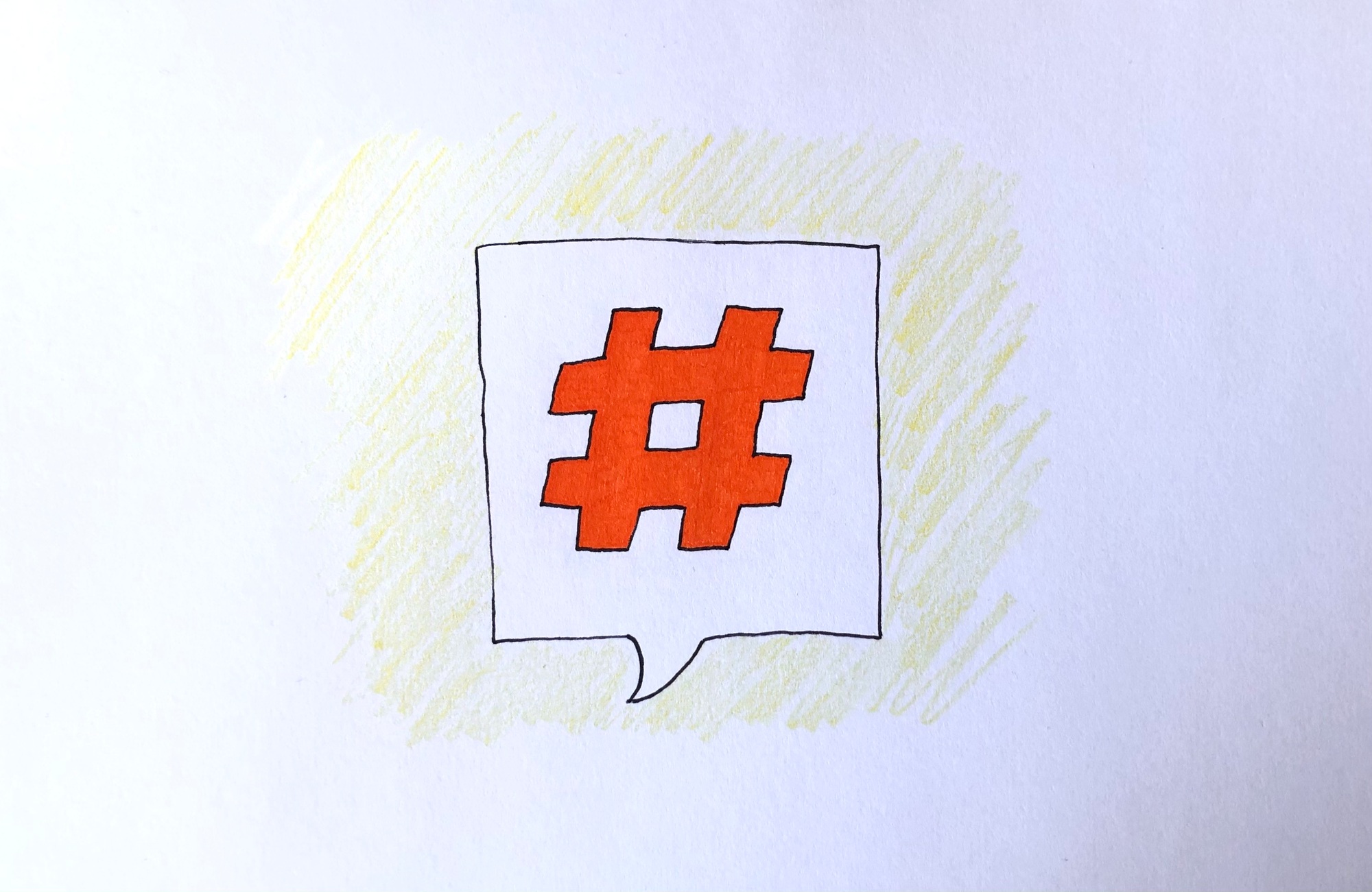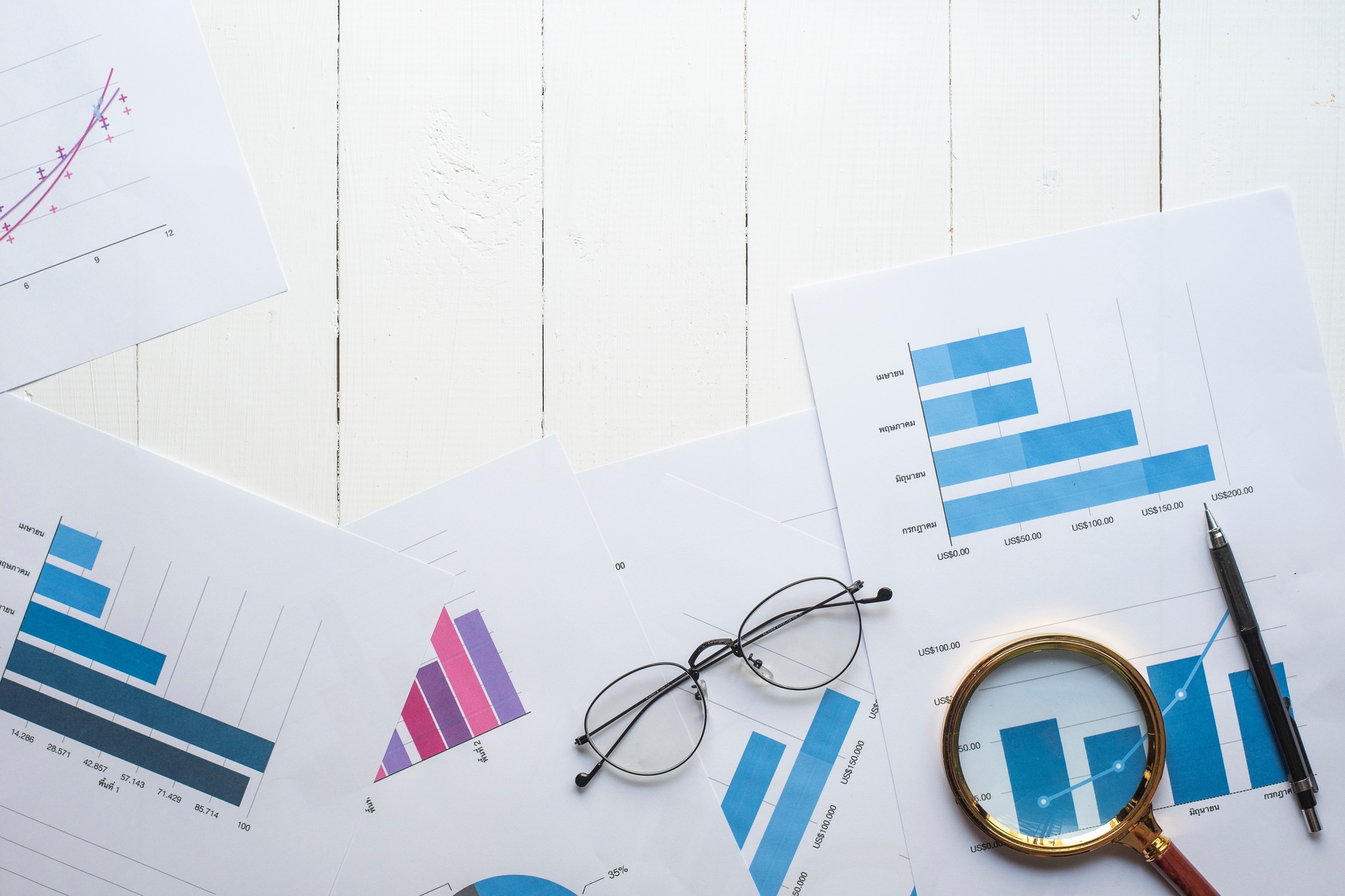
Why Don’t We Just Print Money and Give It to the Poor And Make Everyone Rich?
At first glance, it sounds like a beautiful idea.
It feels so obvious that you almost wonder if economists are hiding a secret printer somewhere. But the truth is that printing money doesn’t create wealth. It just creates more pieces of paper chasing the same amount of goods and services.
Money isn’t wealth, it’s a symbol of wealth. It represents the goods, services, skills, and resources a society produces. Think of it like a receipt. It shows that you’ve created value and can now trade that value for something someone else made.
When a government prints money, it’s not magically creating more goods or services. It’s just creating more receipts for the same number of things.
How Printing Money Leads To Inflation
Introduction
Inflation simply means that the prices of goods and services in a country keep going up over time, and as a result, the value of money goes down.
Think of it like this: last year you could buy a loaf of bread for 50 shillings, but today the same loaf costs 60 shillings. The bread hasn’t become special – your money just doesn’t stretch as far as it used to. That general rise in prices is what we call inflation.
In simpler terms, inflation is when your money loses some of its buying power. You still have the same number of coins or notes, but they can buy you less than before.
Inflation is not always bad. A little inflation shows the economy is growing. But when it rises too fast, it makes life harder because everything becomes more expensive, from food to rent to transport.
Deep Dive
Imagine a simple supply chain: farmer → wholesaler → shop → you. Yesterday’s normal price in the shop was 50 shillings. (farmers, truckers, shopkeepers) set that price because of their costs (fertilizer, fuel, rent, wages) and a small profit.
Now the government creates extra money and people receive more cash (directly or indirectly).
People have more spending power. Households feel safer spending a bit more. They buy bananas plus an extra snack, or bananas more often. This makes the shop to sell out faster than usual at the old price of 50. Shelves just empty sooner.
The shopkeeper notices stockouts and longer queues. Empty shelves are lost sales. They call the wholesaler and order more boxes than usual. The wholesaler’s phone rings from many shops at once. Demand at the wholesale level is now higher than normal.
The wholesaler has limited bananas today (farms can’t double output overnight). To avoid running dry by noon, the wholesaler raises the wholesale price a little and/or limits quantities per shop. The shop’s next restock costs more. No bidding at the shop, just a higher bill when the shopkeeper pays the wholesaler.
When the new stock arrives with a higher invoice, the shopkeeper updates the price tag to protect their small margin. Yesterday: buy at 40, sell at 50 (margin 10). Today’s restock: buy at 45 → selling at 56–60 to keep the lights on. You now see a higher shelf price. The price changed between deliveries.
Truckers see more trips and traffic at markets; diesel costs nudge up; they raise delivery fees. Farmers see bigger orders; fertilizer sellers hear the same story and raise prices; farm labor asks for a small wage top-up because food and bus fares nudged up. Next harvest is more expensive to produce, so the base cost ratchets up. That locks in the higher shelf price.
You start planning for bananas at ~58, not 50. The shop sets next month’s price list a little higher “just in case.” Workers ask for slightly higher pay at review time because groceries cost more. Prices drift upward again even without new shocks. That’s how inflation becomes a process, not a single jump.
Why Can’t The Industries Just Produce More Instead of Raising Prices
At first glance, it seems like the simplest fix.
If demand rises because people have more money, why don’t farmers, factories, and shops just make more goods instead of charging higher prices?
It sounds fair but real economies don’t work like switches that can be flipped overnight. Production takes time, coordination, and resources. Let’s walk through why prices rise before production can catch up.
1. Production Takes Time
Bananas don’t double themselves in a week. Farmers can’t plant new trees today and harvest tomorrow. Manufacturers can’t instantly buy new machines, hire skilled workers, or build extra warehouses.
When people suddenly have more money and start buying more, demand increases now, but supply can only increase later. That time gap where people want more than what’s available is what drives prices up first.
By the time farms, factories, and truckers have adjusted, the prices have already shifted.
2. Making More Also Costs More
It’s easy to say, “just produce more,” but producing more means spending more. Farmers need extra fertilizer, more workers, and fuel for transport. Truckers need to make more trips, burning more diesel. Wholesalers need to rent more space or buy more crates.
And since everyone else is also ramping up, the cost of these inputs starts climbing. So even as businesses try to produce more, their own costs rise, and those costs naturally push prices higher too.
3. Every Business Has a Limit
Every part of the supply chain has a ceiling – a maximum level of output it can handle. A farm can’t grow beyond what its land and trees can yield. A factory can’t exceed the speed of its machines. A delivery company can’t add more trucks overnight.
When demand breaks through these limits, price becomes the pressure valve of the system. Rising prices slow down demand just enough for supply to catch up. Without that price adjustment, you’d have long queues, empty shelves, and shortages.
4. Expectations Move Faster Than Production
Even if production is gradually increasing, people expect prices to rise, and they start behaving accordingly.
- Shoppers buy early or in bulk to “beat” the next price hike.
- Shopkeepers order extra stock before prices climb.
- Workers demand higher wages because food and rent are already more expensive.
These expectations make inflation self-sustaining.
Even before more money enters the system, people act as if it already has and that fuels the next round of price increases.
5. Money Moves Faster Than Goods
Governments can create new money with a few keystrokes but producing actual goods takes planning, materials, and labor.
Money can flood the economy in a week; production takes months or years to respond.
That mismatch between how fast money appears and how slow goods grow is the heartbeat of inflation. Until supply catches up, the extra money chases the same amount of stuff, and prices rise as the economy tries to find balance again.
Printing money makes people able to spend more immediately, but the world’s capacity to make more things doesn’t grow at the same speed. So prices rise not because sellers are greedy, but because they’re trying to manage limited supply, rising costs, and a rush of demand that came faster than they could respond to.
Inflation is the economy’s way of saying: “We can’t make enough right now. Slow down a little while we catch up.”
This topic turned out to be a deep rabbit hole. The more I researched, the more there was to uncover! It ended up being too big for a single post. So, I’ve broken it down into several parts to cover every angle of inflation properly. See you in Part 2!






















